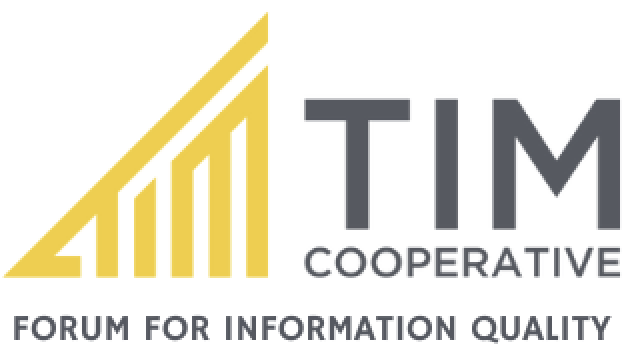Frequently Asked Questions (FAQ) for TIM Information Quality Dashboard
1. What is the TIM Dashboard?
The TIM Dashboard is an AI-powered tool designed to assess the quality of information across digital media. It evaluates content based on several standards, including factual fidelity, timeliness, consistency, provenance, and sentiment neutrality.
2. Why was the TIM Dashboard created?
The dashboard was developed to address the declining trust in media and the overwhelming influx of information online. Its goal is to provide users with tools to evaluate content quality, helping them make informed decisions by understanding the metrics behind the information they consume.
3. How does the dashboard assess information quality?
The TIM Dashboard uses AI to analyze content against six core standards:
Factual Fidelity: How accurate the information is.
Provenance: The origin and traceability of the information.
Consistency: Whether the information aligns with other verified sources.
Timeliness: How current the information is.
Sentiment: The emotional tone of the content.
Completeness: How thorough and comprehensive the information is.
4. Where does the data come from?
The data is sourced from Babel Street, which provides terabytes of social media posts, news articles, and other publicly available information for analysis. This data is processed through AI to deliver insights on information quality.
5. How can I trust the results?
The dashboard aims to provide transparent metrics for users to evaluate content. While it does not flag information as "true" or "false," it offers a breakdown of key metrics that users can assess themselves. Additionally, users can provide feedback if they find discrepancies in the analysis.
6. What type of content does the dashboard analyze?
Currently, the dashboard analyzes news reports, opinion pieces, and analysis articles. The tool is designed to be agnostic, allowing users to input various types of media (e.g., articles, social media posts) for evaluation.
7. Can I interact with the dashboard and provide feedback?
Yes, the TIM Dashboard allows users to provide feedback on the AI-generated assessments. This helps improve the tool and ensures that user insights contribute to refining the dashboard’s functionality.
8. What is the ultimate goal of the dashboard?
The primary objective is to establish a shared set of standards for information quality across various sectors (media, technology, academia, and business) to enhance public trust in media and information. The TIM Dashboard is part of a broader effort to foster better media literacy and hold content producers accountable.
9. Is the dashboard available for public use?
The dashboard is currently in its beta testing phase, with a planned public launch scheduled after the TIM symposium. The feedback collected during these demos will help refine the product for broader public use.
10. Can businesses and academic institutions benefit from this tool?
Yes, the TIM Dashboard is intended to be a multi-sector tool that can be used by media organizations, academia, businesses, and other entities that wish to improve their understanding of information quality.
11. How does this relate to media literacy?
By providing a standardized way to evaluate information, the TIM Dashboard supports media literacy efforts, allowing consumers to better identify quality content and navigate misinformation.
12. What is the role of AI in this tool?
AI is central to the TIM Dashboard’s operation, analyzing vast amounts of data to break down content based on the predefined standards. The tool continuously evolves as feedback and new datasets are incorporated.
